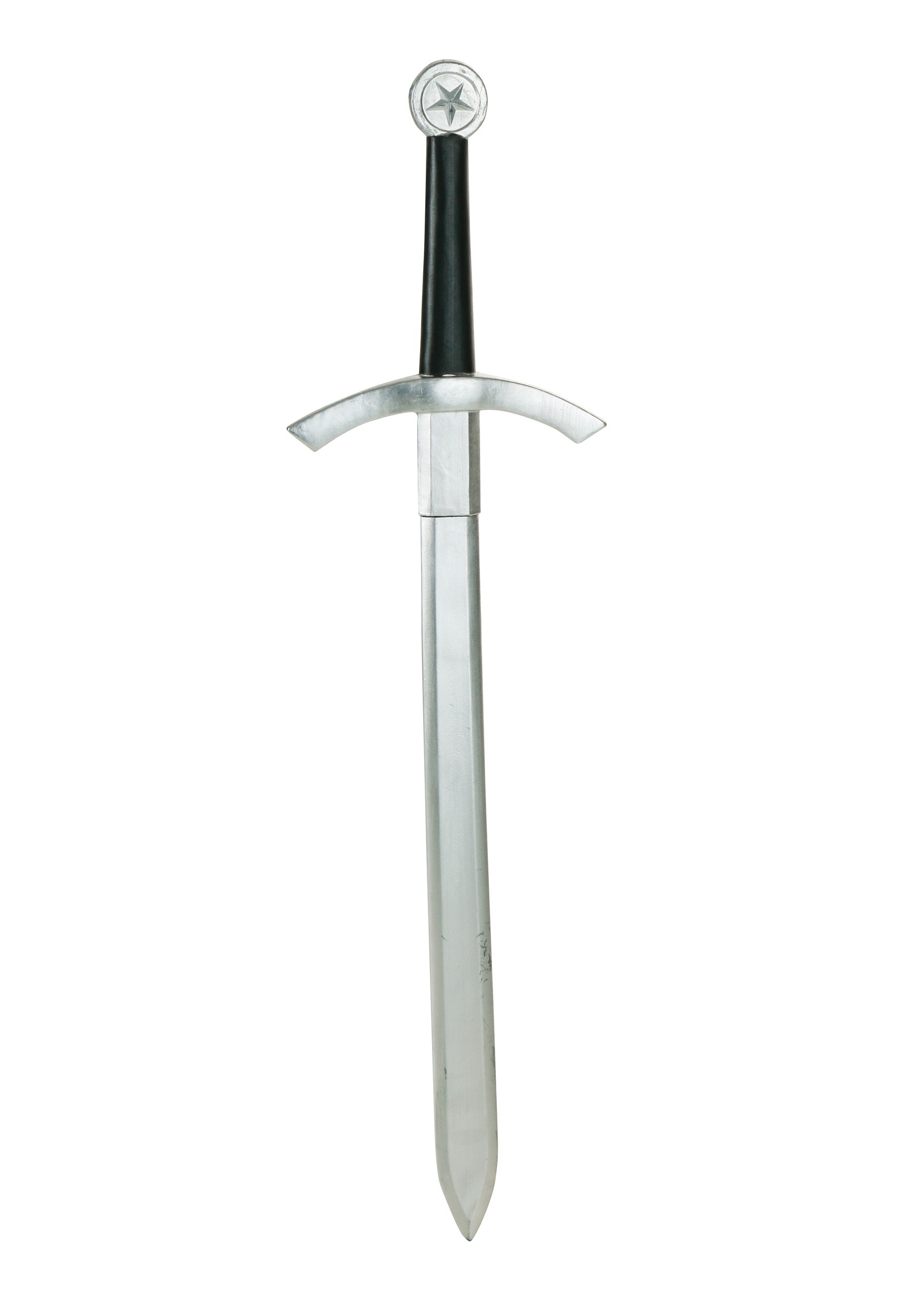
The major drawback of the 1964 work is that some dating methods have changed between then and now, and new pieces have come to light, meaning that aspects of the typology required reworking. He classifies the swords by blade type, hilt form and style families, all with an eye toward how the swords were actually used, making this work indispensable for modern sword lovers. It is his 1964 "The Sword in the Age of Chivalry" where he actually develops and fully explains his typology, which has become the most widely used sword typology in the English language. Although many people are familiar with his 1991 "Records of the Medieval Sword", Oakeshott viewed that text as largely a catalogue of some of his favorite swords. Ewart Oakeshott created this typology based on surviving swords and the art of the period to create a clear way to describe medieval swords and increase ease of communication about the artifacts. However, his systematic approach to swords was integral for developing his typology of medieval swords, for which he is justly famous. Oakeshott is, of course, not infallible, and some of his works have aged better than others. All of these authors provide some worthwhile information, but they are products of their times and their particular interests and relying overmuch on their perspectives is likely to lead a new scholar of the sword to some rather dubious conclusions.

His work stands out in comparison to other 19th and 20th century work on swords as his focus was on the sword as a tool as well as a symbol. Other scholars tended to be largely focused on art and literature or were rather biased against the medieval period as a 'barbaric and simple' time, for example, some of the works of Sir Richard Burton, Egerton Castle and Captain Alfred Hutton. We had to include the work of Ewart Oakeshott in this list, and not just because of Arms and Armor's long partnership with The Oakeshott Institute. Rather, Oakeshott carried out a lifetime of research on European swords that sought to bring together an understanding of art, history, archaeology, and the practical uses of swords. #1 Sword in the Age of Chivalry by Ewart Oakeshott, 1965 Part of becoming really knowledgeable about swords is understanding how various experts approach the topic, and what we can learn from each of them. This list is by no means exhaustive, but it does give you an excellent place to ground your understanding of what a medieval sword is, how they varied across time and cultures, and what attributes separate an authentic sword from a "sword like object." If you read these books and pay attention you will realize that there are disagreements and differences of emphasis between the authors. We have put together the following list as a solid foundation for becoming a thoughtful scholar of the sword. Many others are of very questionable value either because they are quite antiquated in their understanding or because they view swords as historical artifacts without much understanding or context of how they really work when used as weapons.
MEDIEVAL SWORDS FULL
This can be particularly difficult because there are so many reference books on swords that are essentially coffee table books full of pretty pictures with little context. Just like any other topic, becoming reasonably knowledgeable about European swords requires a great deal of reading alongside practical studies (playing with swords). We have Pirate Cutlasses, Claymores and William Wallace Swords, Bastard Swords, Civil War Sabers, Two Handed Swords, Broadswords, Hand and a Half Swords, German Swords, Viking Swords, Roman Gladius Swords, Scimitars and more.One of the biggest challenges for those who want to learn about swords is figuring out which sources are authoritative, and what each contributes to our knowledge about these historical objects.

We have swords from all different Cultures and Eras, Scottish and Celtic to Roman and Greek as well as classic Medieval, like Excalibur’s and Agincourts. When not in use these functional swords are great for display in your home or office. These swords are historically accurate and are also great for sword collections. These are the high quality swords designed to be used for combat, practice, re-enactments and stage use. Functional swords are made of high carbon steel and are made from the finest quality materials. This makes it easy for the re-enactor, collector and performer to find the right functional sword they are looking for. All these functional swords are made by top manufacturers from around the world like Valiant Armoury, Windlass, Hanwei, and CAS Iberia. In the functional sword category you will find every functional sword located on our web site. Here you will find a wide variety of functional European style Medieval and Renaissance swords that are battle ready.


 0 kommentar(er)
0 kommentar(er)
